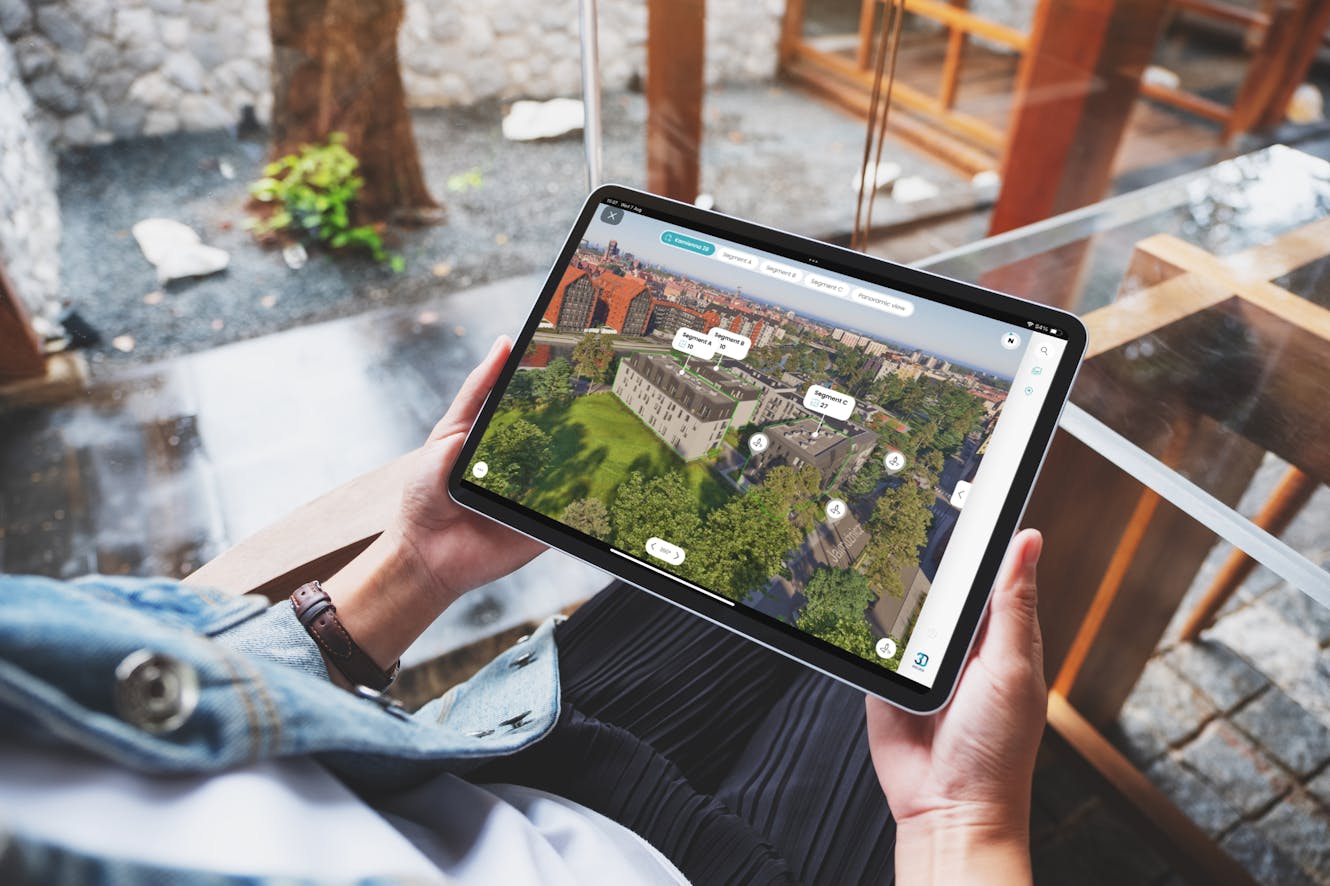TTechnology in Real Estate Development
Tools You Can’t Sell Without

Traditional methods cost more and deliver less. Technology offers speed, precision, and predictability. Here’s what every modern developer should be using to stay competitive.
In today’s residential real estate market, sales without the support of technology are no longer viable. With increasing competition, shifting buyer expectations, and rapidly rising marketing costs, traditional methods like flyers, print ads, or outdoor campaigns are becoming less effective and more expensive. In contrast, digital tools deliver greater efficiency, measurable results, and the ability to scale sales processes with precision.
Technology is no longer a “nice to have”—it’s the foundation of modern real estate marketing and sales. Below, we explore the essential tools that no serious developer should ignore.
Websites and Social Media: Your Digital Headquarters
Every real estate marketing strategy starts with a professional, responsive website for both the project and the developer. A well-built site acts as a central point of contact and showcases visuals, floor plans, pricing, contact forms, scheduling tools, and promotional videos.
This presence should be supported by active social media channels (Facebook, Instagram, LinkedIn). These platforms build trust and visibility, and offer direct communication with potential buyers—sharing updates on construction progress, new phases, or promotional offers.
Marketing Accelerators: Predictable Traffic, Predictable Results
Visibility alone doesn’t guarantee leads. Sales is a numbers game: more qualified leads and structured sales activities mean more signed contracts. That’s why you need tools that generate, track, and optimize traffic:
- SEO (Search Engine Optimization): Improves organic visibility on search engines—crucial for long-term brand presence.
- SEM (Search Engine Marketing): Paid campaigns, like Google Ads, help reach buyers with specific intent.
- Social media ads: Targeted Facebook and Instagram ads allow developers to reach selected audiences based on location, age, interests, or life stage.
- Real estate platforms: Portals like Otodom remain essential sources of quality leads.
- Marketing automation tools (e.g. YouLead, HubSpot): Automate user communication based on behavior, enabling email flows, lead scoring, and segmentation.
These tools turn guesswork into strategy. Integrated with analytics systems, they help control budgets and plan precise actions to achieve better conversion.
Data-Driven Decisions: Know Your Market, Target Better
Modern real estate marketing is built on data. Platforms like Otodom Analytics offer deep insights into local demand, supply, pricing trends, and competitor activity. With this data, developers can refine their messaging and make smarter, more strategic investments.
Key questions like Who is buying? What are they looking for? What message works? can only be answered with data—not intuition.
AI in Marketing and Sales: From Trend to Essential Tool
Artificial intelligence is no longer a futuristic buzzword—it’s a practical advantage. AI enhances personalization, predicts user behavior, scores leads, and recommends optimal timing for sales contact. It can also generate ad content and evaluate campaign performance.
When connected with CRM systems and marketing automation tools, AI becomes an integral part of sales teams—removing repetitive tasks and boosting productivity.
Interactive 3D Twins: Engage, Impress, Convert
Traffic is only useful if it leads to engagement. That’s where interactive 3D Twins come in. Whether embedded on your website or showcased in your sales office, 3D Twins are immersive tools that:
- Let clients view the entire development from any angle
- Check unit availability
- Explore floor plans, exposure, level, and size
- Take a virtual walk-through of individual apartments
This isn’t just a presentation—it’s a decision-making tool. Unlike static visuals, 3D Twins offer round-the-clock engagement, from any device, anywhere. They turn passive browsing into active discovery.
CRM: The Backbone of Sales Process Management
After the first impression comes follow-up—and no tool is more vital here than a CRM system. A good CRM helps you:
- Collect and store contact data and interaction history
- Automate communication (messages, reminders, follow-ups)
- Manage lead statuses and appointments
- Track performance and improve sales efficiency
Without CRM, developers risk disorganized workflows, missed opportunities, and team-wide inefficiencies—especially across multiple projects or large sales teams.
Conclusion: Technology Is No Longer Optional
Selling real estate today is not just about having the right location or price. It’s about delivering an intelligent, data-driven, and user-focused experience at every step. From websites and social media to lead generation tools, data analytics, 3D Twins, AI, automation, and CRM—these aren’t accessories. They’re the building blocks of a predictable, scalable, and effective sales strategy.
Developers who integrate them create value not just for clients—but for their own bottom line.
















